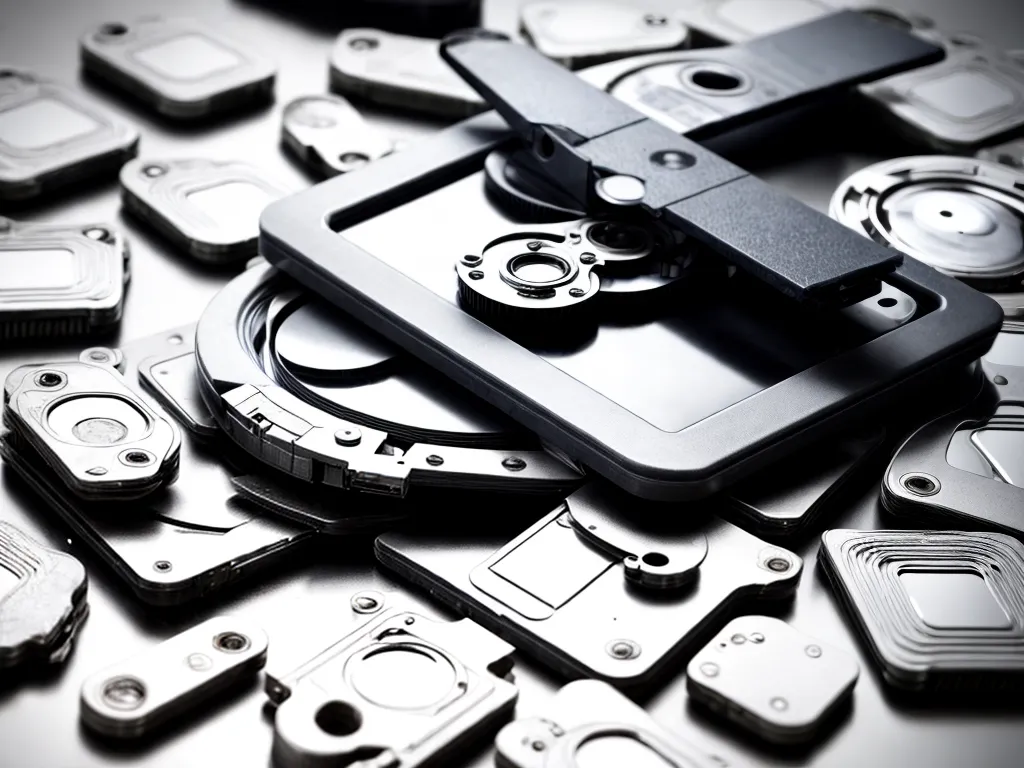
Introduction
As someone who relies on my computer to store important documents for work and personal matters, I dread the moment when a file becomes corrupted or inaccessible. However, with data recovery software, it is possible to salvage and restore corrupted documents in many cases. In this comprehensive guide, I will explore the ins and outs of using data recovery tools to retrieve corrupted files.
Causes of Document Corruption
Understanding what can cause document corruption in the first place is helpful for avoiding and addressing these problems proactively. Some common causes include:
Hardware Failure
Issues with the hard drive or storage media, like bad sectors, can lead to data corruption and inaccessibility. As hardware components degrade over time, data errors creep in.
Power Outages or Improper Shutdowns
If a computer loses power or is not shut down properly, documents may not have time to save fully, resulting in corruption. Sudden power loss is a big culprit.
Software Bugs or Errors
Bugs, crashes, or incompatible software can interrupt the file saving process and leave documents corrupted. Particularly problematic are issues in the operating system or file system software.
Virus or Malware Activity
Viruses and malware like ransomware can sometimes corrupt documents or make them inaccessible by encrypting files. Ransomware is especially insidious.
Accidental Deletion or Overwriting
Mistakenly deleting a file or saving over an existing document can make recovering the original challenging. This human error happens more than we’d like.
Selecting Data Recovery Software
With many data recovery apps and services available, it’s crucial to choose reputable, effective software trusted by information technology professionals. Here are key criteria to consider:
-
Supported file systems – Make sure the tool can recover deleted or corrupted files from your version of Windows, Mac, Linux, etc.
-
Disk imaging features – Software with disk imaging preserves the full structure of the storage device being recovered.
-
Recovery success rate – Look for software with a high success rate at retrieving documents other products could not.
-
Ease of use – The ideal tool will make the recovery process simple and straightforward even for novices.
-
Customer service – In case you need assistance, quality customer service is essential.
After comparing products, I settled on Ontrack EasyRecovery as my data recovery tool of choice based on its excellent reputation and capabilities.
Scanning Storage Devices for Corrupted Documents
Once you have your data recovery software installed, the first step is to scan the disk or device containing the corrupted documents. Here is the scanning process using EasyRecovery:
1. Select the Drive to Scan
Open EasyRecovery and click the “Search for Lost Files” option, then select the system drive or external device to scan.
2. Choose File Types to Target
Check the box for each document file extension you need to recover such as .doc, .pdf, .xls and so on. This narrows the scan to those file types.
3. Commence Scanning
Click “Start” and EasyRecovery will begin scanning the drive for corrupted and deleted documents. Scanning speed depends on the drive size and number of files.
4. Preview Files in Scan Results
Once complete, you can preview files found by the scan. Look for your corrupted documents and confirm they are recoverable.
With the device scanned and target files identified, recovering the corrupted documents is straightforward.
Recovering Corrupted Documents
Here are the steps to restore corrupt documents discovered by your data recovery software scan:
1. Select Files for Recovery
Browse the scan results and tick the checkbox next to each corrupted document you want to recover. Avoid recovering unnecessary files.
2. Specify Destination
Choose where you want to save the recovered documents. An external drive or separate system location is best.
3. Start Recovery Process
Initiate the recovery. EasyRecovery will retrieve and restore the corrupt files to the designated location on another volume.
4. Check Integrity of Recovered Files
Once finished, open each document to verify completeness and integrity. Review carefully for errors.
5. Back Up Restored Documents
Finally, be sure to create backups of the recovered files on external media in case they become corrupted again in the future.
With careful scanning and selection, data recovery tools make it possible to successfully restore otherwise inaccessible corrupted documents in many cases. Just be sure to use trusted, professional grade software.
Avoiding Document Corruption
Prevention is the best medicine when it comes to data loss from document corruption. Here are proactive measures I take:
-
Install and regularly update antivirus and anti-malware software.
-
Use an uninterruptable power supply (UPS) to avoid sudden shutdowns during power outages.
-
Handle drives carefully and properly eject external media.
-
Create automatic backups of critical documents.
-
Address potential hard drive errors or degradation immediately.
-
Shut down computer safely and allow files to fully save.
-
Isolate and remove infected systems from networks.
-
Keep operating systems, software, and hardware drivers/firmware up-to-date.
When All Else Fails, Consult a Professional
If DIY recovery efforts fail to restore important corrupted documents, data recovery services can sometimes succeed where software alone falls short. Experts have access to specialized tools and methods for resuscitating files from even severely corrupted media. While expensive, professional recovery is an option of last resort for critical documents.
Conclusion
Reliable data recovery software gives us an excellent shot at retrieving corrupted documents and reversing accidental deletions. Just be sure to act quickly after data loss and avoid further alteration of the device containing your damaged files. Follow best practices for preventing corruption and backup religiously. With vigilance and the right tools, recovering lost documents is often possible. Just stay calm and take it one step at a time.












